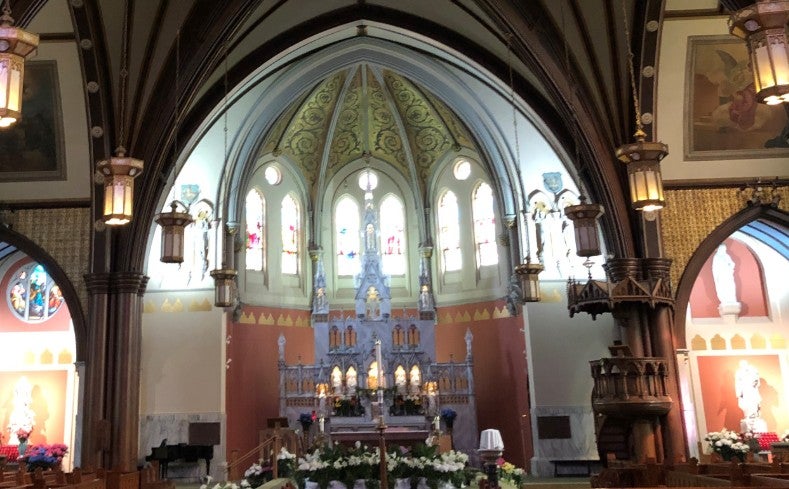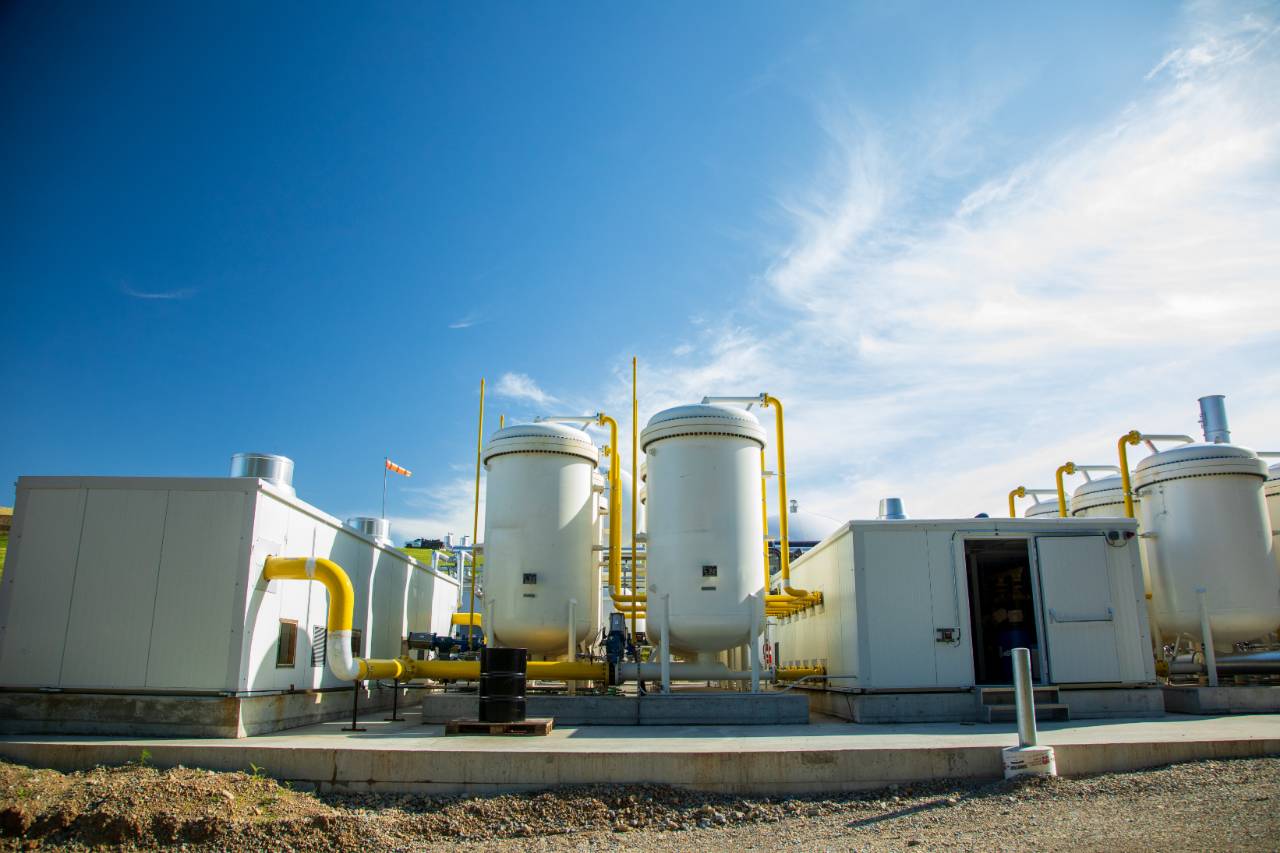With aim of alleviating poverty and supporting communities, parishioners across the U.S. collectively donate billions of dollars every year.
While the nation-wide budget can be immense – with one estimate suggesting that religious institutions handled $50 billion in 2013 – much of the money must be spent on operating costs for church buildings. Colby May, a passionate Texan church goer who also happens to have expertise in doing energy audits for buildings, realized a way he could help churches dramatically reduce their operating costs and allocate more money for church missions.
May estimates that, from churches’ nation-wide budget of $50 billion, if 20% is spent on building maintenance and utilities – but up to 20% of that energy is wasted – it means there could be $1 billion or more that could be better spent on church missions to help communities.
He first began to realize these potential energy and costs savings when he conducted energy audits on behalf of the state of Texas in the 2000s. In particular, he noticed that a lot of energy can be saved without paying a cent to install new appliances or alter infrastructure. If people were to simply change their behavior – by turning off lights when they leave a room or by setting the room temperature just a few degrees warmer in the summer months, for example – it’s possible to reduce energy use up to 20%.
“Doing those audits awakened us over time in a sense that there’s so much potential here. There’s so much waste, simply in the way we operate the energy of our buildings.”
“Doing those audits awakened us over time in a sense that there’s so much potential here,” says May. “There’s so much waste, simply in the way we operate the energy of our buildings.”
Through this previous experience, he saw this as an opportunity to not only reduce the carbon footprint of churches, but also to help churches allocate more money for communities and poverty reduction. “Instead of sending the money to a utility company, you’re sending it to a more holistic or integral mission,” he notes. “It’s common sense. It doesn’t take rocket science. It’s affordable. And it’s makes an impact on those less fortunate.”
The insights May gained from his experience doing building efficiency assessments spurred him to start a non-profit organization called LIT Consulting in 2012, with his business partner Jim Brown. Since then, the duo have worked with roughly 500 churches across the country. LIT Consulting offers churches everything from energy assessments, to solar panel installation, to behavioral workshops for staff, which help them understand ways to reduce their energy bills and carbon footprint. May estimates that these efforts have collectively saved his clients more than $5 million.
The approach was such a success that LIT Consulting didn’t need a marketing strategy to grow. Rather, the organization grew in popularity through word of mouth. “The right people heard about it and the right circles,” May says. “We’re mostly focused on the faith-based institutions, which makes us stand out because there’s not a lot of [climate change initiatives] that also have the missional component of it as well.”
And May has no shortage of potential clients. An estimate suggests that the U.S. had more than 380,000 religious congregations in 2012 – which collectively could benefit greatly from energy reductions and savings.
May notes that, in general, there’s still a lot of work that needs to be done to encourage people to become better climate stewards and engage people across the political spectrum to more widely adopt renewable energy. “But the first thing we can do and the biggest impact we can make is just being good stewards at our homes, and our churches and our places of business,” he emphasizes. “Because when we do that, it makes more of an impact than you can imagine.”
Story by: Michelle Hampson.
Banner image: Interior of church ConsultLIT has worked with to improve energy efficiency. | Credit: Colby May.



